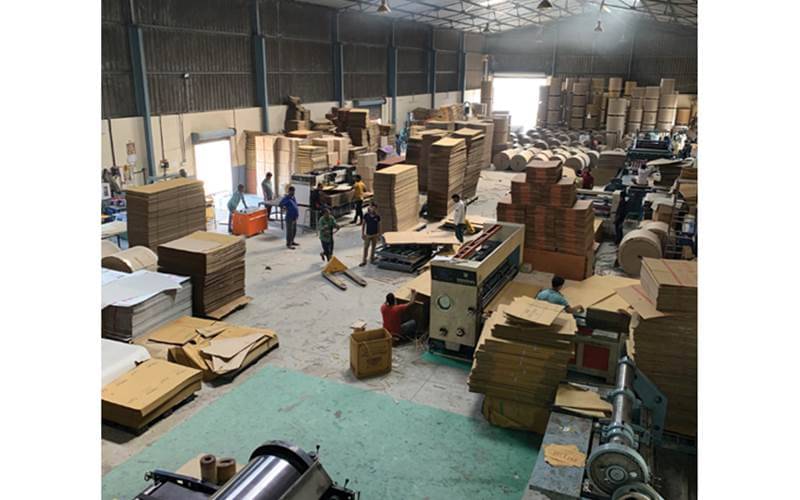In India, we use kraft paper from multiple mills, not all mills have the same quality
Amit Parasrampuria of Bengaluru-based Shivam Industries tells Rahul Kumar, if we can resolve the raw material issues, the quality will improve. Plus it will reduce the wastage borne by Indian corrugators
06 Mar 2023 | By Rahul Kumar & PrintWeek Team
Rahul Kumar (RK): In an industry where paper is the biggest cost, it makes sense that companies would want to track its use, or more specifically, its waste factor. How do you do it at your plant?
Amit Parasrampuria (AP): Wastage is one of the most significant cost factors that increase and impacts our pricing and turnover. In our industry, where the boxes are made as per exact customer specifications, the paper reels come in specific deckle sizes. During the process of box-making, wastage ranges from 5-10% of the paper cost. At Shivam, we track wastage at every process. Be it: ordering the materials based on demand, making sure that the boxes are checked at the end of each, and every stage of production and the heat and gum are optimum. We check the input and output from each process to keep wastage at a minimum. In addition, we order premium and good quality kraft paper from different mills, which results in high-quality boxes at low wastage.
RK: The wastage at an average corrugation plant in India is as high as 14-15%. And one realises that one of the major causes of higher wastage is the poor quality of kraft paper available to Indian corrugators. Why is that?
AP: In India, we use kraft paper from different mills. You are right, not all mills have the same quality. There are several key factors behind the same. First is, poor quality of waste raw materials and the low availability of international raw materials, especially after the Covid crisis. The second and the most important factor is the quality of water in some of the mills, which causes more moisture retention and poor-quality paper. If we resolve even one of these issues, the quality will improve significantly, reducing the wastage borne by the corrugators.
RK: What are the other potential areas of loss at your plant: automatic plant vis-a-vis semi-automatic plant?
AP: In a semi-automatic line, every process requires workforce and manual intervention. So, higher conversion and labour costs are the factors that impact our pricing. We are trying to find process improvements and more automatic solutions for some processes such as pinning and double-colour rotary slotter, which has helped save time.
RK: Would you mind sharing your inputs on the price hike of raw materials?
AP: There has been a considerable price hike in the raw materials from 2020 onwards and still going northwards. This is mainly due to the extreme shortage in availability of international waste and a huge surge in demand due to online buying. At Shivam, we have taken the price hike of raw materials in our stride. We had to bear enormous losses for almost six months when there were no takers for the hike. But slowly and gradually, we have customers who have supported the price hikes either partially or fully. In addition, wherever giving the increases to us was a challenge, we helped our clients reduce the price of their packaging or match the current packaging requirements with lower specifications, thereby reducing the per box cost.


